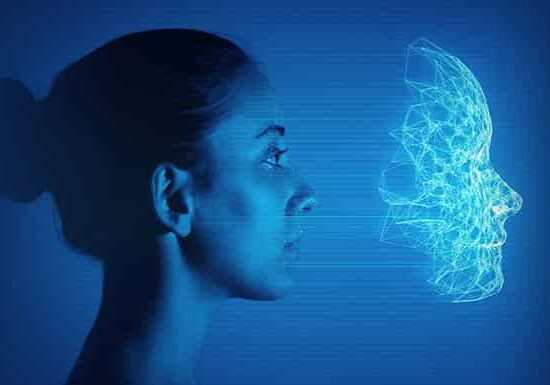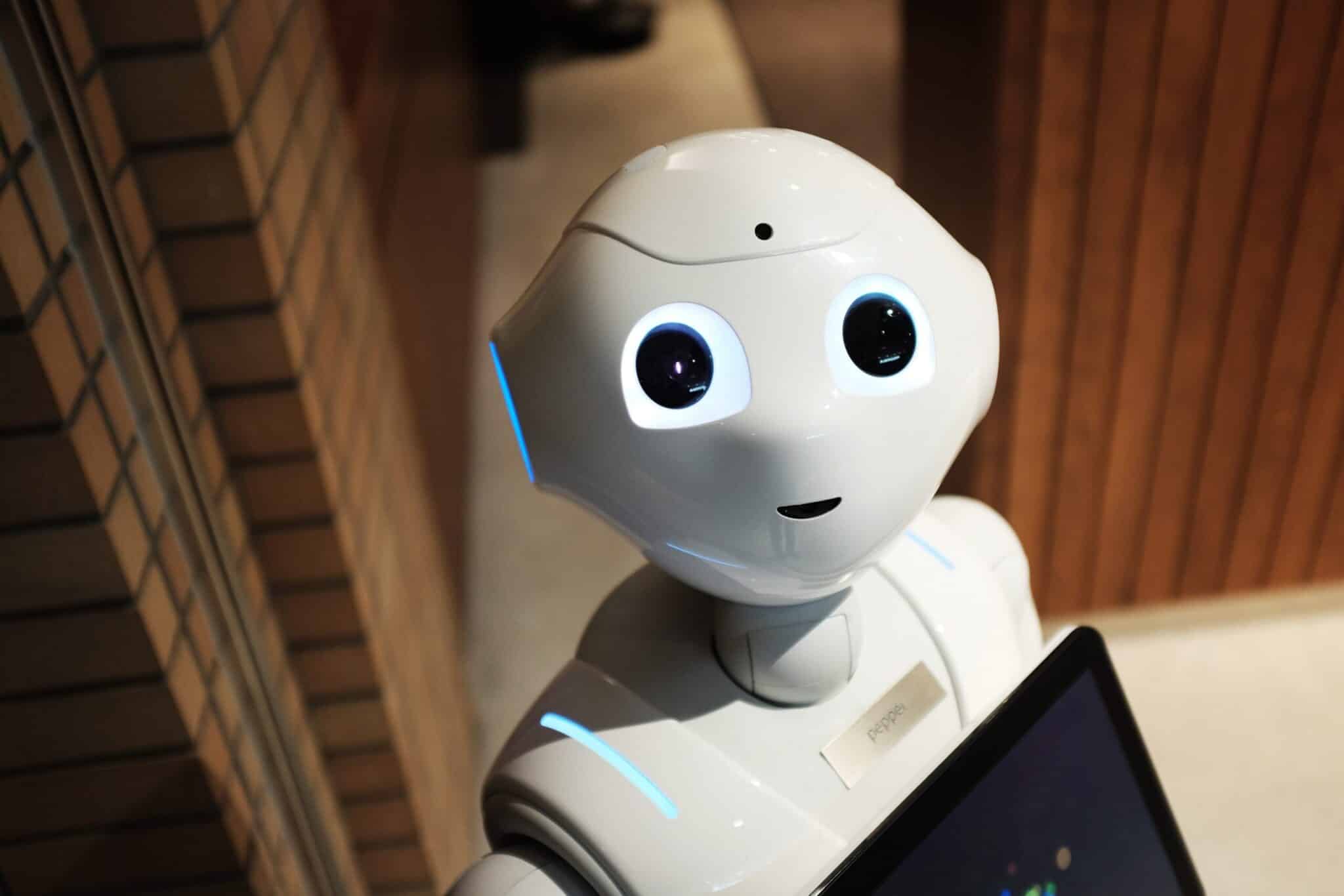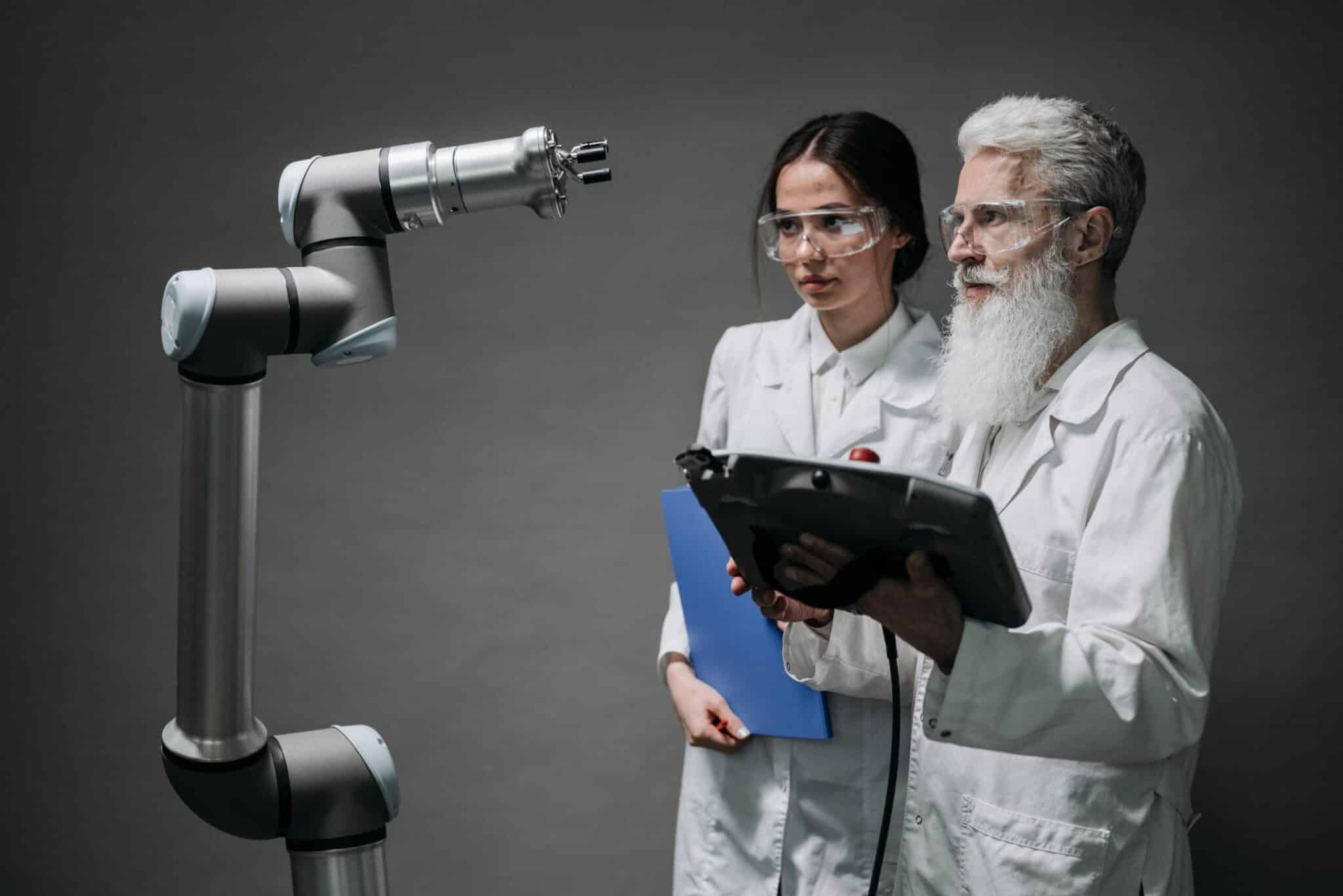Artificial intelligence, Machine learning, Deep learning: Explained
Updated: June 19, 2024
Published: February 1, 2018

The terms artificial intelligence (AI), machine learning (ML), and deep learning (DL), tend to have us conjuring up images of a dystopian world where humans live under the reign of not-so-benevolent robots. We marvel when new technology, designed to improve human existence is rolled out, but at the same time, we can experience moments of discomfort because we wonder about the implications.
Sometimes fear and distrust come from a lack of understanding, and the phrase, “Knowledge is power,” holds true. In the spirit of knowledge, let’s take a look at AI vs ML vs DL.
What is Artificial Intelligence?
When artificial intelligence is mentioned, what comes to mind? For most people, there are visions of robots, computers, driverless vehicles, and smartphones floating around in their brains. But, what is artificial intelligence exactly?
The early broad definition of AI was a machine completing a task that previously would have demanded human intelligence. Today we recognize that intelligence isn’t a skill in and of itself, but intelligence is defined by how efficiently it’s used to learn new things. AI will set out to mimic how the human mind tackles and performs a task.
A decade after the mathematician, Alan Turing, who played a key role in breaking the Nazi encryption machine Enigma and thus helped the Allied Forces to win World War II, asked. “Can machines think?” This single question set the scientific community on the path to developing artificial intelligence.
There are four types of AI:
1. Reactive: A machine that can only perceive and react to the world right in front of it. The reactive AI doesn’t store memory, so it lives only in the here and now, with no past and no future.
2. Limited Memory: This AI can store previous data and analyze it to predict possible clues about what may come up next.
3. Theory of Mind: As its title suggests, it’s a theory. We aren’t here yet in the development of AI, but when we are, the AI will be aware that living beings are driven by their thoughts, feelings, and experiences. The AI machine will understand the concept of the minds of others and use that information to make decisions.
4. Self-awareness: When an AI machine finally becomes self-aware, it will not only acknowledge the existence of thoughts and feelings in others, but it will be aware of its existence in the world. Self-awareness leads to understanding both words and actions as essential parts of communication.
It is interesting to see that a Pew Research survey showed that the group of Americans who were more concerned than excited about AI is larger than the group who were more excited than concerned. Time will tell if this changes as we move toward a better understanding of AI.
Now that we have a handle on the basics of AI, let’s take a look at artificial intelligence vs machine learning.

What is Machine Learning?
The difference between AI vs machine learning is that ML is a subset of AI. It is a branch of computer science that mimics the way humans learn by using data and complex algorithms and is divided into three categories.
The first category is referred to as Supervised Learning. A machine is fed massive amounts of data that have been annotated to highlight features of interest. For example, the machine can be given numerous photos that are labeled as a dog. Once the machine has been trained as to what a dog looks like it can receive new data and label a dog in consequent uploaded photos.
As you can imagine, this training demands massive amounts of data which was a bit of a challenge until this recent era of widespread data mining.
The second category is Unsupervised Learning where algorithms, developed ahead of time, search for the similarities in data so they can be categorized together. For example, an algorithm can be designed to look for cars that have specific similar design features. Where supervised learning requires human intervention, unsupervised learning does not.
Finally, the third category of machine learning is Semi-Supervised Learning. In this category, the machine performs tasks based on trial and error. Based on the input data, it keeps working and analyzing until it arrives at the best possible outcome.
And finally, we arrive at deep learning. Let’s take a look.
What is Deep Learning?
When we compare AI machine learning vs deep learning we discover that deep learning is a subset of machine learning. Deep learning imitates how the neural networks of the human brain function. The AI learns based on predictive modeling in much the same way that a toddler learns new things.
If you observe a child learning about trucks, for example, they learn to apply the word through reinforcement. When they point at a car and say “truck,” an adult will correct them. As the child points at vehicles and says “truck,” they begin to learn exactly what a truck looks like. As that information is stored in their brains, they build on that data to eventually be able to identify not only the truck but the different models.
Deep learning which initially requires training through the input of massive amounts of data is used in image recognition, text generation, auto automation, and medical research.

AI vs ML vs DL: How They All Relate
The best and the easiest way to understand how artificial intelligence, machine learning, and deep learning are interrelated is to think of them as stacking bowls. The biggest bowl that holds them all would be artificial intelligence, and within that bowl sits machine learning. Then, to get even more granular, you find deep learning, as it’s a subset of machine learning.
Closing Thoughts
Artificial intelligence, machine learning, and deep learning are not only here to stay, but new advancements are taking place in these fields every day. They will continue to have profound impacts on our daily lives. From automation in the workplace to cashier-free supermarkets to fully autonomous self-driving vehicles, AI will be our reality.
Will humans become redundant? Not likely. However, as we have done for generations, we will need to adapt to a new world.
